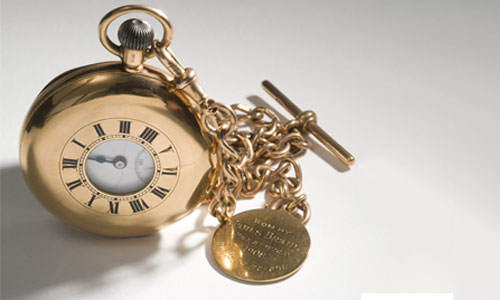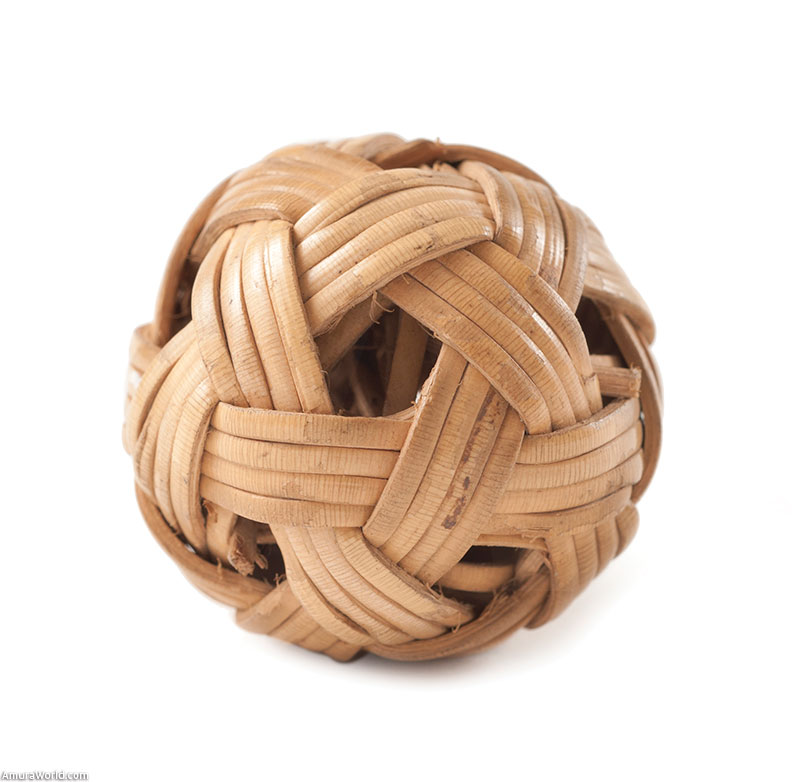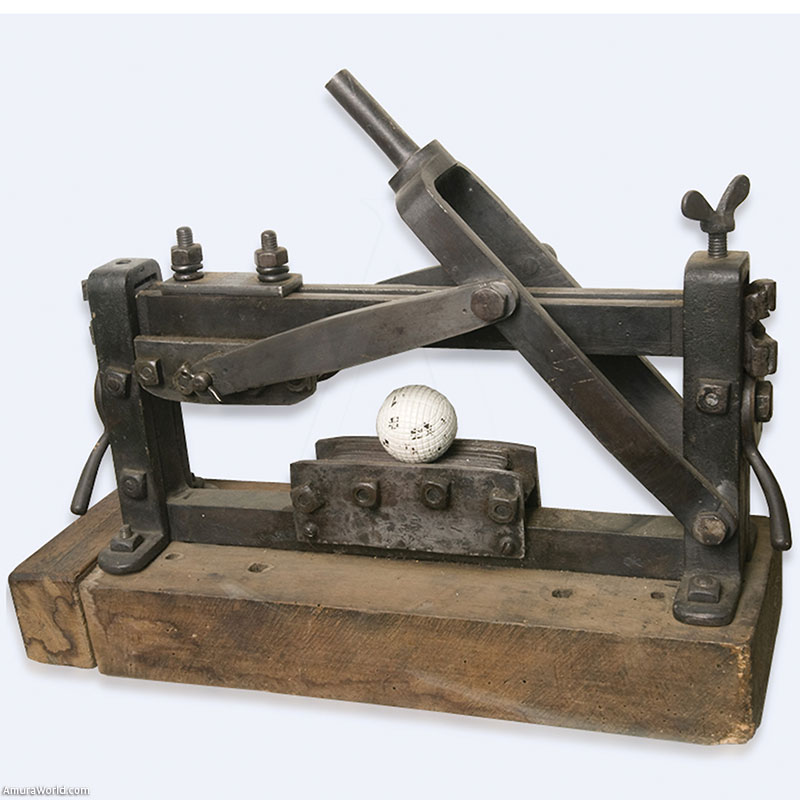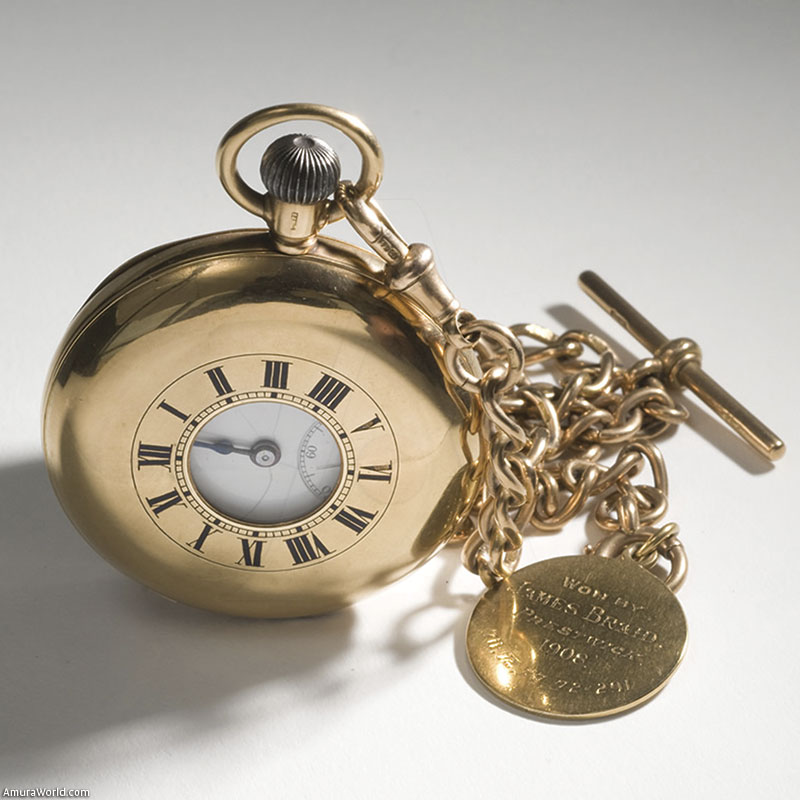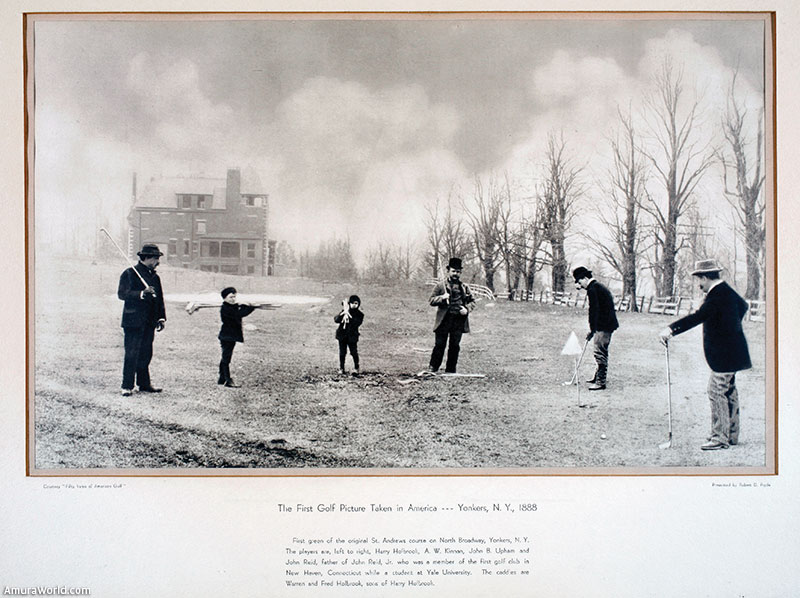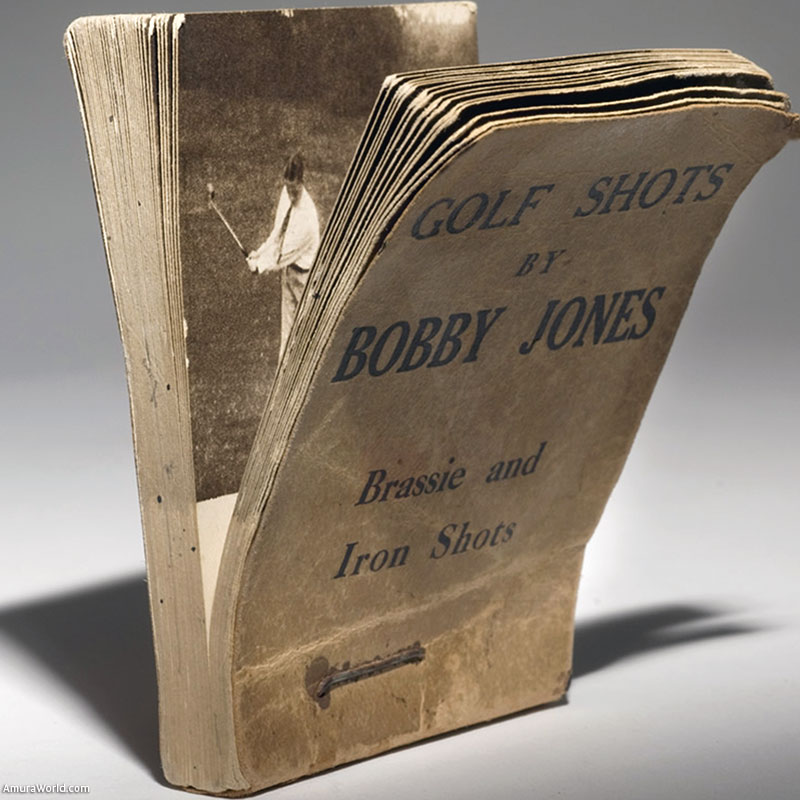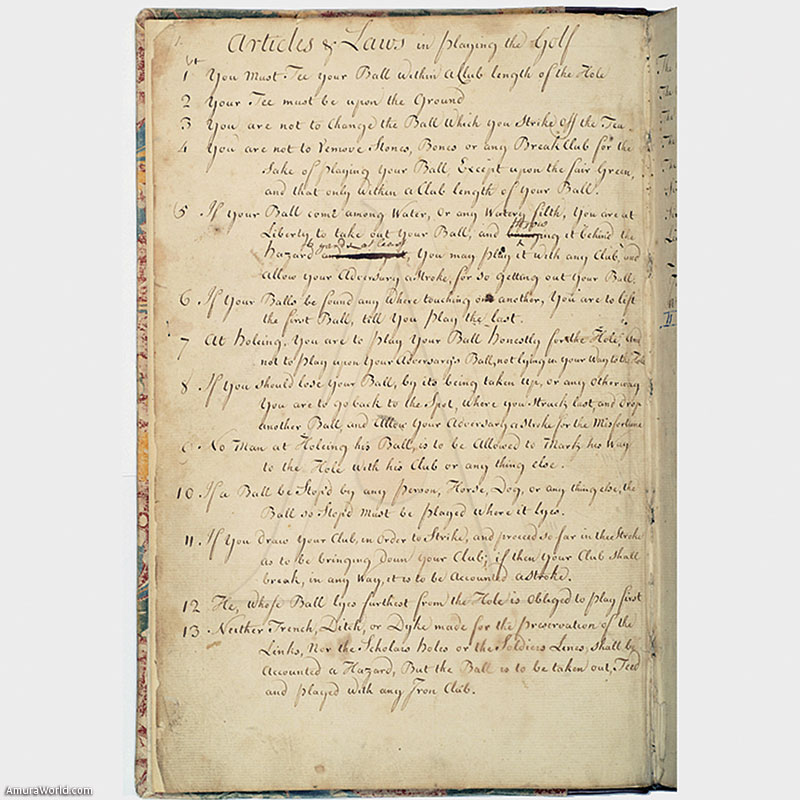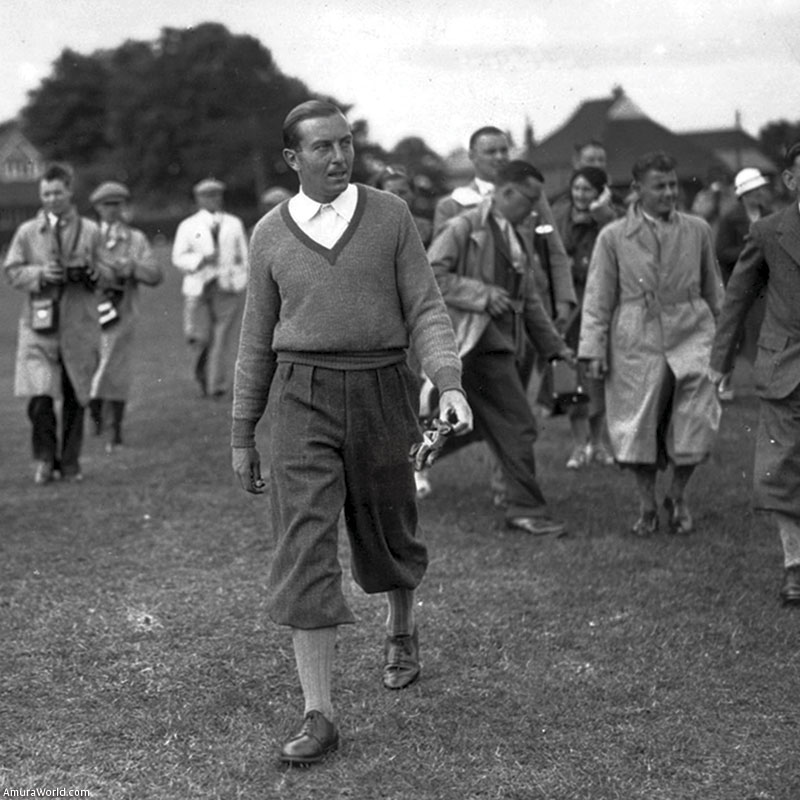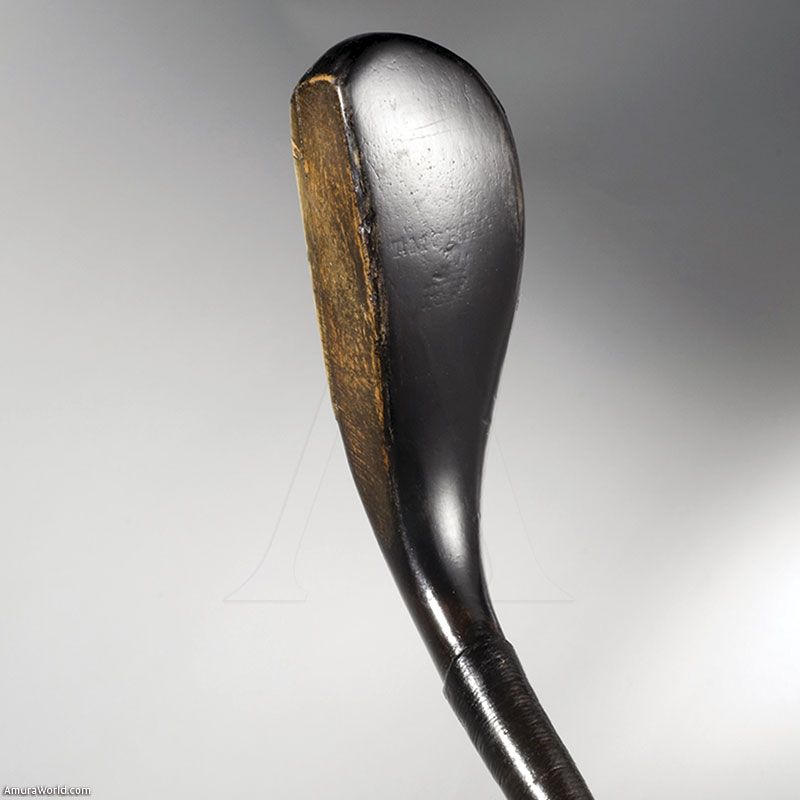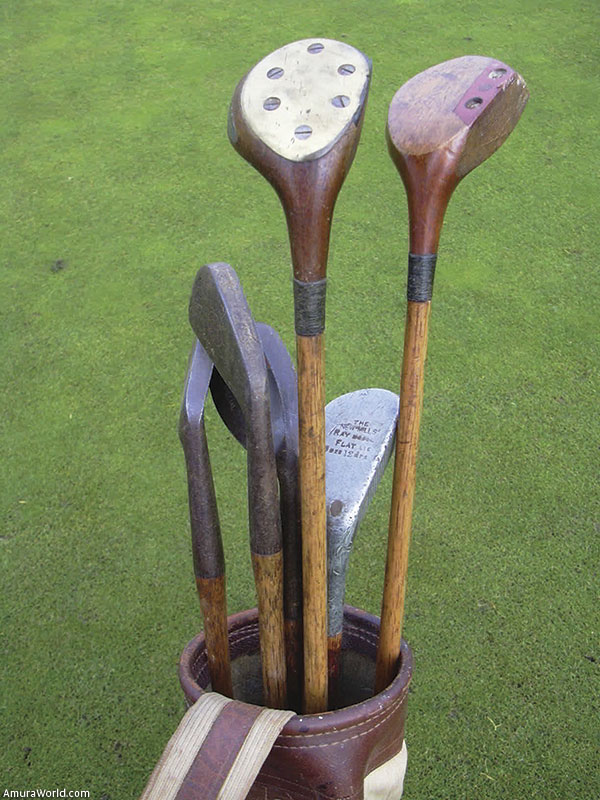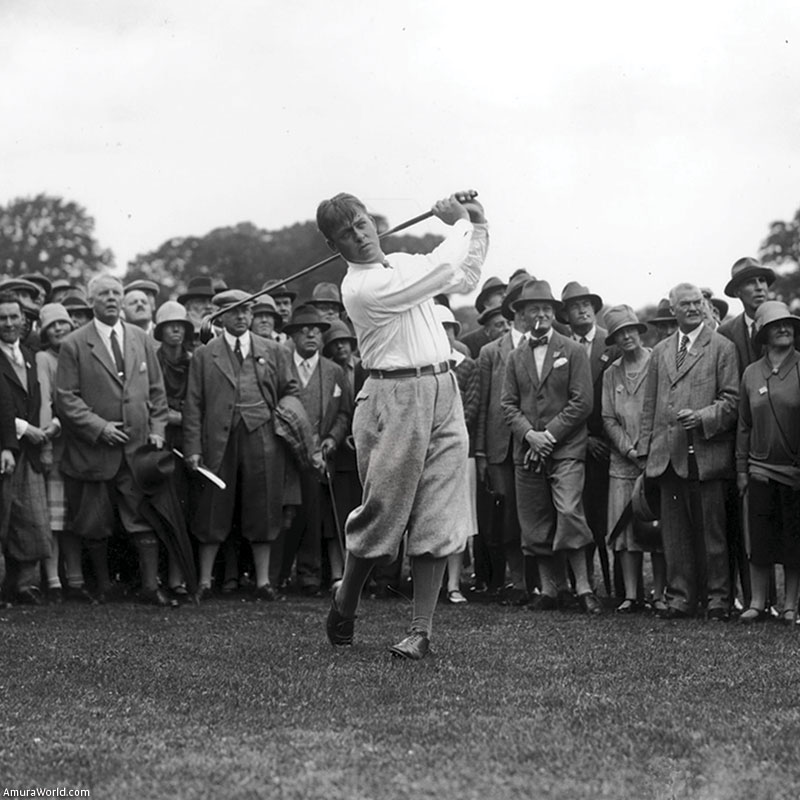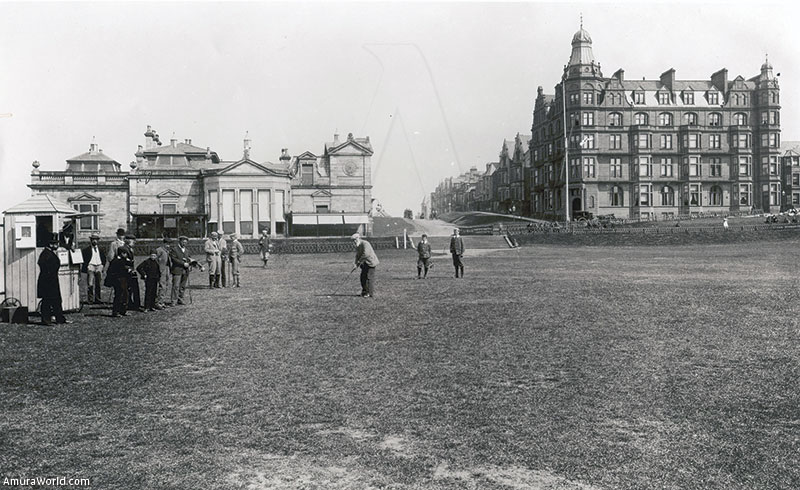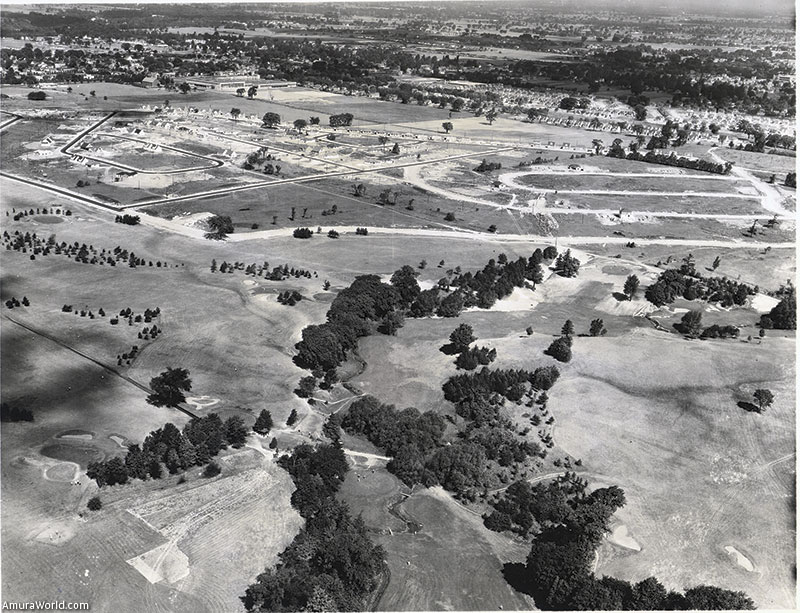Golf Museum, 450 years of history.
To speak of St Andrews is to inevitably speak of golf. It’s history, anecdotes and locals are a part of the pulse of this beautiful Scottish corner of the world that makes a calling to all of us, specially golf lovers. The mecca of this sport is quite extraordinary and unique, it is here to show us that no matter where you come from or what you do, this place will reveal its history in every direction you look.
We have spoken to Kevin Knox who is the Museum and Heritage Curator at the British Golf Museum in St Andrews; he explains to us a bit more of the roots of this mythic and legendary sport and how golf has seen it’s uprising from the eyes of only a few aristocrats and nobles to the passion of many.
Why are Open Championships so important in St Andrews history?
There are two main golfing events which take place here in St Andrews: The most important is played every five years and is called The Open. This Championship began in 1860, it’s the oldest Major in golf. It was first played over the Old Course in 1873 and although The Open is a significant event for all of the host courses, winning at the ‘home of golf’ is seen by players as being particularly special. Former Champions at St Andrews include Jack Nicklaus, Seve Ballesteros and Tiger Woods.
St Andrews also hosts the Women’s British Open which is played on the Old Course as well. In 2007 the tournament was won by Lorena Ochoa of Mexico. It was last held here in 2013 and was won by Stacy Lewis from The United States. The Alfred Dunhill Links Championship also takes place in town every year during the month of October. This tournament is a European PGA tour event. It is a partly professional and partly amateur affair with a Pro Am competition being played alongside the Professional. The Dunhill is played at two more courses: Kingsbarns and Carnoustie. It’s an event in which the final round is played over The Old Course at St Andrews. It is important because it brings people into the town, and good for the museum, as we gain increased visitor numbers.
The first document that was ever found regarding the existence of the Old Course dates 1552.
That’s right. That is the first mention of golf being played over the links in St Andrews. Archbishop Hamilton’s Charter of 1552 preserved the links of St Andrews as a common ground were sports, including football and golf could be played by local people.
Does this indicate that this is the oldest course in the world?
There is no evidence that King James IV purchased the lands of The Old Course in 1506. However, there is some evidence to suggest that he may have played a round of golf here in February 1503. What we do know is that golf was born on the East Coast of Scotland. We know that the game was played on different links and grounds here. It is difficult to say whether the Old Course is in fact the most ancient course in world; but it is arguably the most famous. Originally the Old Course had 22 holes. This was changed to 18 in 1764 and would become the standard number of golf holes for courses worldwide.
What would you want us to understand about the beginnings of golf, from a curator’s point of view?
The first evidence of golf came from 1457. During this time period James II was King and the game was banned, he considered that it was a diversion from learning archery; the king believed that his people should be practicing for war, not playing sports; these sort of things would distract them. That is the first mention of the game of golf in Scotland. We know that the coastal landscapes, the links, -which is a sandy grassland- the dunes, and the sea make a particular good area for golf to be played in, it was the right kind of soil, this made it possible to play all-year-round. Scotland has the ideal landscape for the courses as they developed. What we also know about golf is that it was one of many ball and stick games being played during the medieval period, there were other games in Europe like Dutch Kolf or the French Jue De Mail which were similar; the one thing that made Scottish golf different was the target, which was a hole in the ground. The ball would be pocketed in a hole in the soil rather than above the land, like a post.
There were two different forms of golf which were played at the time; one was played by common people, it was a game played in the street, very informal. There was another way which was played by gentlemen, they used expensive equipment and expensive golf balls, this type is the most similar to what we have today.
As a community how does these tournaments have an impact to the people in St Andrews?
When a tournament is being played here thousands of extra visitors flock into town and the surrounding areas. It has a huge impact on the local economy. St Andrews, however, without a tournament is also a place of pilgrimage for golfers, they come here to play on the famous Old Course and also to discover the history of the town. St Andrews is known as the ‘home of golf’, it is an important place for the golf industry. The world’s first golf shop was opened here. Most of the businesses and locals live and breathe golf. Several streets in St Andrews are named after famous golfers. People love to come and visit the town throughout the year.
What do you think golfers love about the Old Course?
I believe it’s mainly the history. The Old Course is an iconic course, people playing the 17th hole or the 18th hole know that they are quite legendary. They come here to experience the spirit of the game and to experience an emotional connection while playing. The 1st tee and 18th greens are in the shadow of The Royal and Ancient Golf Clubhouse which is the most recognizable view in golf. I think they come here to experience that and to challenge themselves as well. The Old Course is a classic links course, it is different to any other, especially for golfers who come from North America or South America. When the wind blows across the course it can be difficult to play. Even professional golfers find the course testing in typical Scottish weather (wind and rain!).
Maybe they feel like they are following in the footsteps of their golf heroes?
I think so. St Andrews has created many champions. Those who look back into golf’s history might look up to Tom Morris or the young Tom Morris and some people do take it back that far. Certainly these kind of courses provoke memories; there have been a lot of victories here and memorable Championships. I would say yes, they do feel this and people come here to get to play on the course where so many champions and legends have to play. The course is publicly owned which people find surprising, it is a course where people can play, this means that anyone can come and have a try.
What do you think is the future for golf, it’s players and the golf industry?
This is a difficult question for me, as my job is to interpret the history of the game and its past. However I feel golf is in safe hands. There is a lot of work being done by golf’s Governing bodies - The R&A and USGA and by different organizations worldwide to make sure that golf continues to develop, that children learn the game and that golf becomes an accessible sport for anyone around the world.
What can you tell us about the gear that golf players used in the medieval period, how has it changed?
Way back then, the game would’ve been played with clubs which had long slender heads made of wood; they were known as “longnosed golf clubs”, they would have a small piece of horn inserted to protect the sole of the club. The head would have been attached to the shaft and fixed by glue and a wound hemp whipping. The grip was made perhaps of sheepskin or leather for comfort for the player. The ball would’ve been made out of a leather casing stuffed with feathers. The feathers were those of duck or geese, so the balls would’ve been really expensive to make; some of the earlier ball makers as well as the club making took place in St. Andrews. There is a tradition of industry here that people tend to forget. There was a thriving industry here in the late 19th and early 20th century.
These clubs were used for three centuries. Golf was played informally for a number of years; golfing societies began in the 1700’s, so there wasn’t a great demand for equipment at the time; it all changed in 1850 with the introduction of gutta-percha, this material came into the United Kingdom from Malaysia, it was the sap of a tree called Palaquium Gutta and it was used for industrial wiring, packaging or insulation, however, someone found that when heated it could be moulded into a ball shape.
These harder golf balls had a significant impact on golfing equipment. The clubs changed, the old slender clubs would break with the new hard ball, therefore shorter and wider club heads were created which had socket joints that wouldn’t easily snap. Iron clubs began to be commonly used. Previously these weren’t used that often because feather balls would be damaged easily by the impact of a shot. Gutta percha balls could be mass produced, which meant more people had access to the game as they were cheaper to make. These balls also flew further in the air.
In this country this coincided with a period where the middle class was earning good money. Toward the end of the industrial revolution people had more economic acquisition and more leisure time. The railways were being built, places like St Andrews became more accessible too. It was a time of social change and everything combined to create a golfing boom.
The rubber cored golf ball which was invented in 1898 further revolutionised the game and its equipment.
As a curator what has been the most amazing or memorable thing that you have had to restore or read?
One of the most important things that we look after here is the first minute book of The Royal and Ancient Golf Club of St Andrews. It dates from 1754,and you can read the articles and principles for playing the game of golf. There are thirteen articles - these rules would develop into how the game is played currently. For me it’s a really important object here at the museum; it lets people see how the game began and how it was played, what early rules were and how they have developed. It’s a key object in the Museum.
For you what is St Andrews, what does it inspire?
It means a lot to me, I was born and raised here. It’s a huge part of my life. I feel lucky when I come to work; to walk past the Old Course and to see the West Sands when arriving at the Museum is very inspiring. It’s a beautiful place to work and live, it’s certainly a great place to visit. I would encourage people to come to St Andrews, it’s a fantastic place. You must make a stop at the museum too, this is a great way of experiencing how golf is linked to the town’s history, you can learn more about this place and its people. There is so much history here, whether you visit the university, the castle or the golf courses there is much to see and learn.
Text: María Grajales ± Photo: BRITISH GOLF MUSEUM / YALE / MEIGHBOURS NEWS / VILANOVA / STANDREWS

